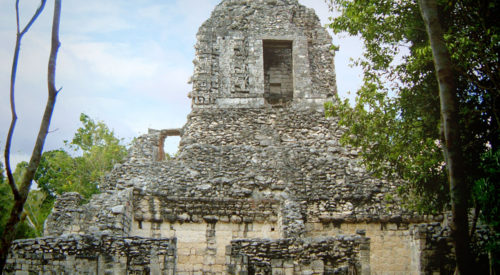
History of Chicanna
The early history of Chicanna reveals a simple community steadily growing. Then it erected several incredible buildings. So who built Chicanna and why?

The early history of Chicanna reveals a simple community steadily growing. Then it erected several incredible buildings. So who built Chicanna and why?
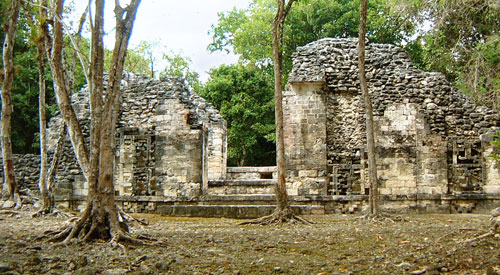
Chicanna Structure X and Structure XI are Mayan temples that stand together in Group C, but represent a transformation of Chicanna over the centuries.
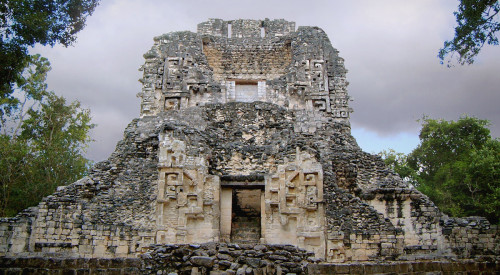
Chicanna Structure XX is covered with carved images and features three monster mouth entrances that combine to create an image of the Mayan universe.
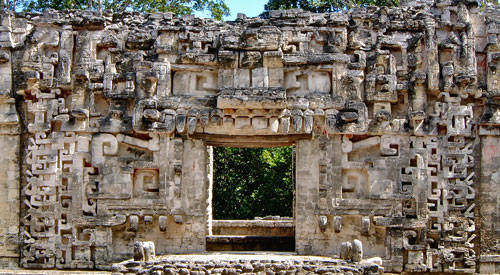
Chicanna Structure II features a fearsome monster mouth doorway that was designed to broadcast the spiritual power of this magical Mayan temple.
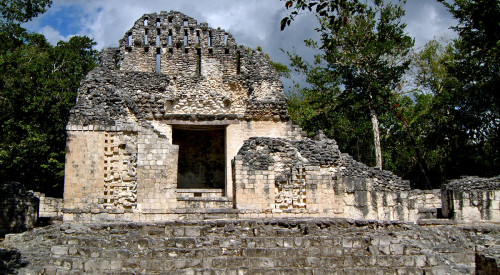
With its carved façade and roof comb, Chicanna Structure VI appears to be a temple, but the rooms added over later centuries raise questions over its use.
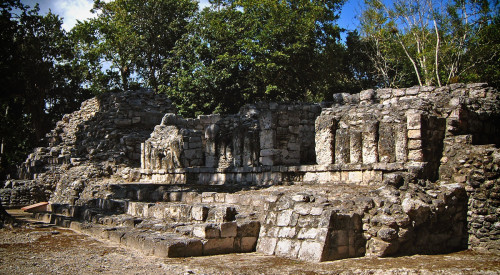
Chicanna Structure III spans the north side of Group A and was repeatedly developed from 640AD to 1040AD – but it is curiously different to the other structures
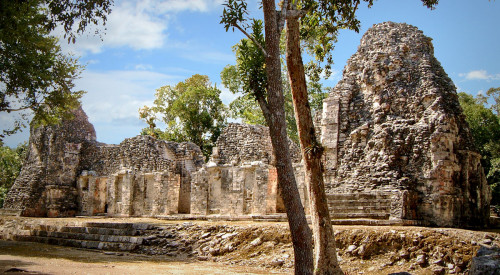
Chicanna Structure I utilises a rare Maya architectural style known as Rio Bec, which appears to mark the shift from Classic to Chenes and Puuc styles.
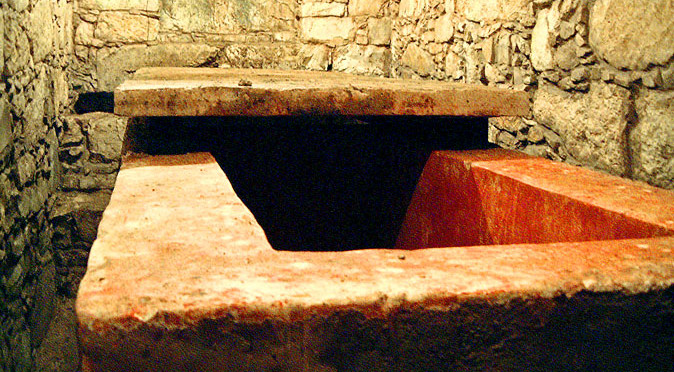
Palenque’s Temple XIII has become known as the Tomb of the Red Queen following the discovery in 1994 of a red stained skeleton belonging to a wealthy woman
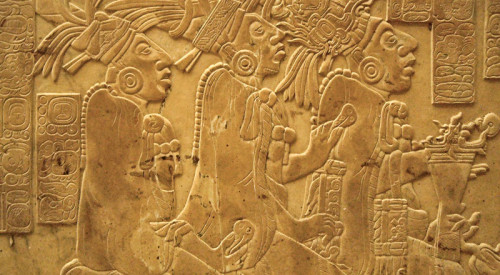
Temple XIX is home to the most incredible carvings found at Palenque and accompany the detailed story of Ahkal Mo’ Nahb and the birth of the gods
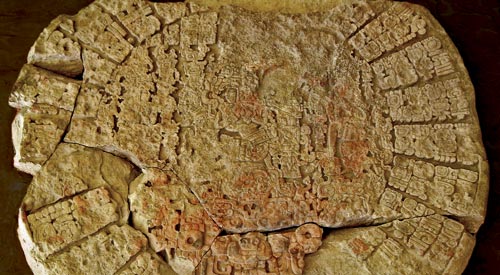
The fragmented history of Tonina has been gleaned from its scattered and broken monuments, which suggest it was among the most powerful cities of the Maya.
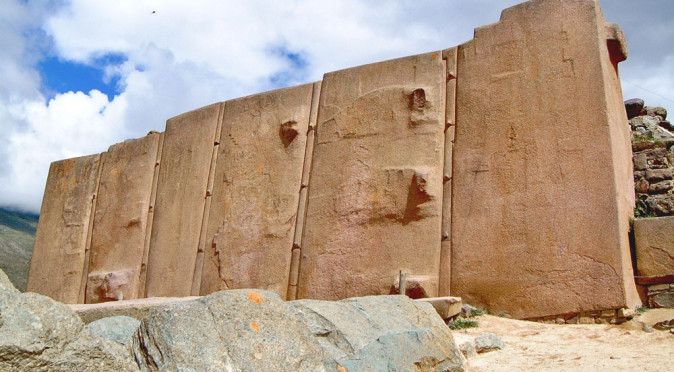
Inexplicable ideas, super-human efforts, impossible results; when you explore the Mysteries of the Andes, you travel beyond the boundaries of human logic…
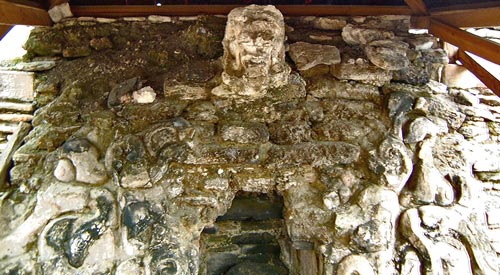
Although badly ruined, the Temple of the Earth Monster’s altar still reveals a mysterious beast that may represent the sacred lineage of Tonina’s rulers.
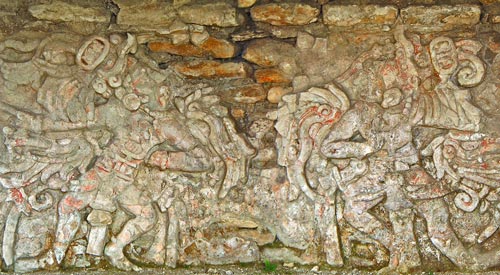
The Frieze of the Bird Dancers portrays two men dressed in magnificent feathered outfits ambiguously posed to look like ballplayers in the throes of dance
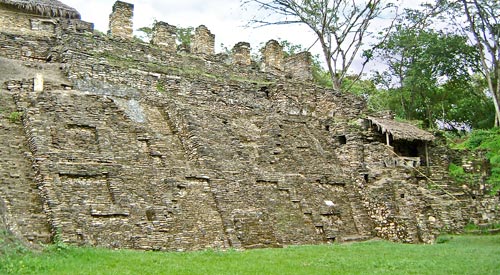
The huge stepped fret motifs found on Tonina’s Palacio de las Grecas remain a mystery, however they were probably designed to broadcast the city’s belief in a lifecycle, or spiral, of violence and death.
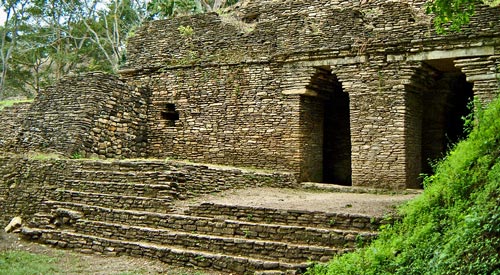
Serving a dark ritual purpose, the eerie Palace of the Underworld is a mysterious labyrinth of 11 passageways that weave beneath Tonina’s pyramid acropolis.
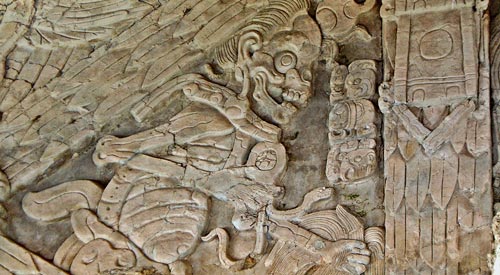
Discovered as recently as 1990, the huge Frieze of the Four Eras depicts some fantastical other-worldly processes, which leaves much to the imagination.
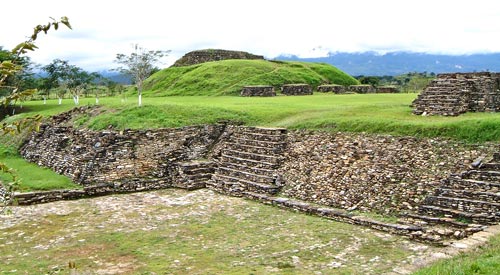
The Great Plaza at Tonina is the first area you enter, before ascending 7 levels to the heavens. Here on Platform 1 though, things are still very much in the depths of the underworld.
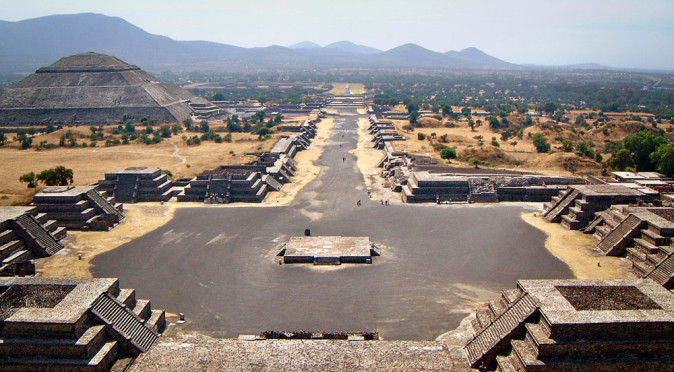
Teotihuacan played a central role in proliferating urban planning and multicultural society across Mesoamerica. Even the Aztec, 700 years after the city had fallen, were greatly influenced by its ideologies.